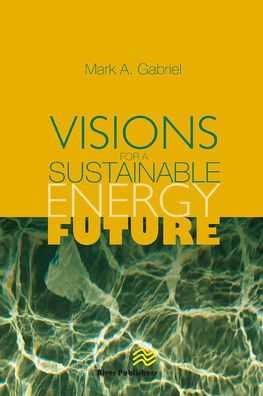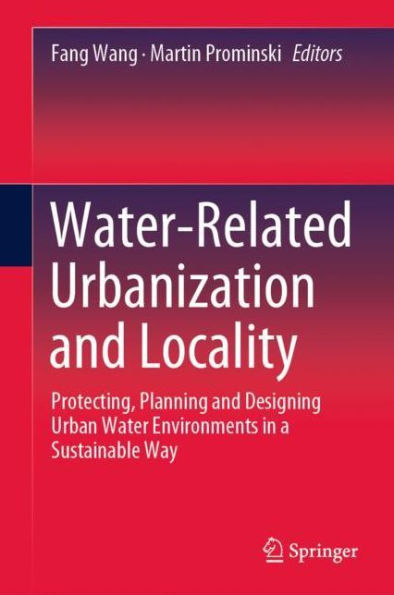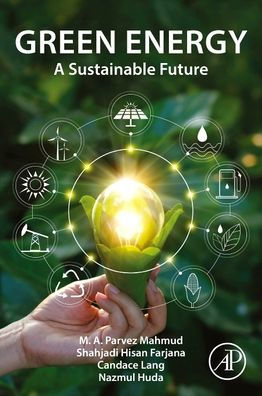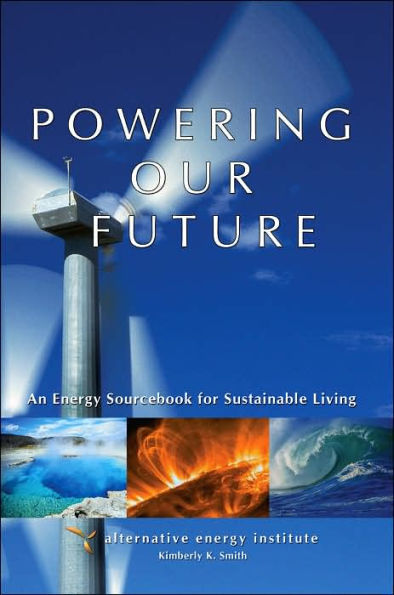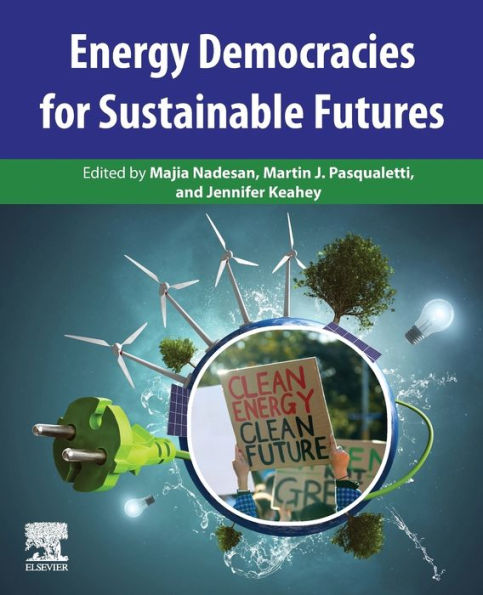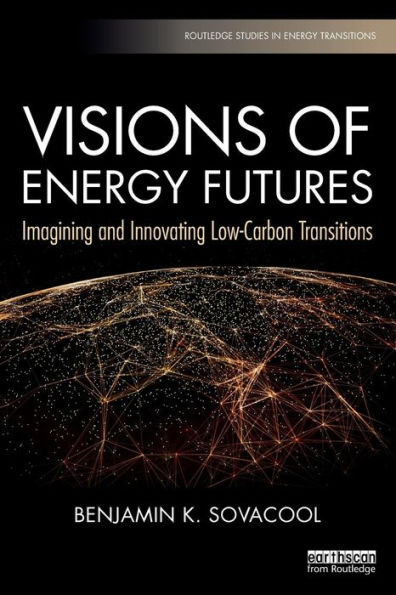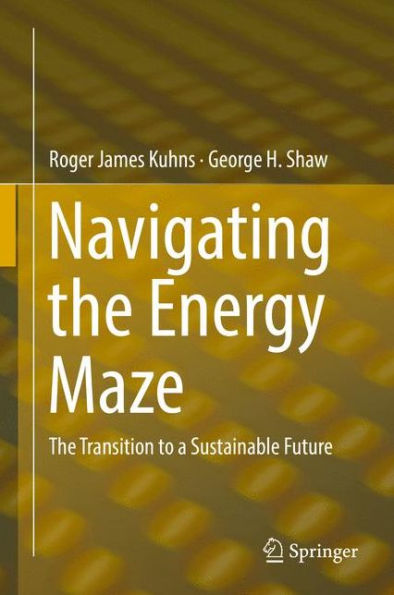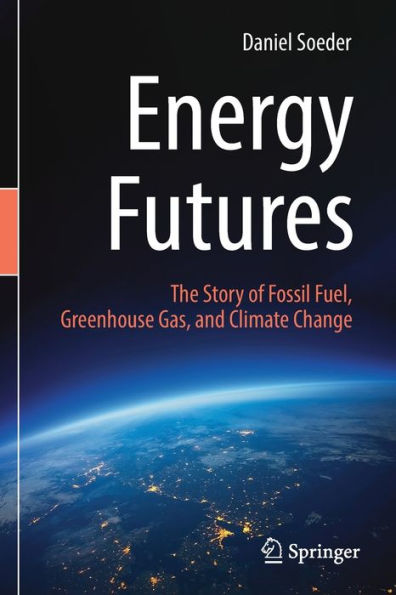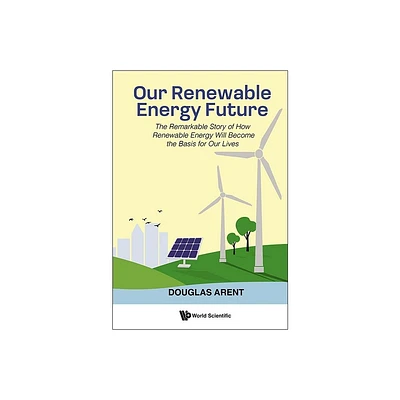Home
Water and Energy Futures in an Urbanized Asia: Sustaining the Tiger
Loading Inventory...
Barnes and Noble
Water and Energy Futures in an Urbanized Asia: Sustaining the Tiger
Current price: $55.00


Barnes and Noble
Water and Energy Futures in an Urbanized Asia: Sustaining the Tiger
Current price: $55.00
Loading Inventory...
Size: OS
*Product Information may vary - to confirm product availability, pricing, and additional information please contact Barnes and Noble
Urbanization is taking the world by storm. In the last 107 years, the proportion of humanity living in cities has skyrocketed from 13 to 50 percent. This trend can be expected to continue. The United Nations predicts that 60 percent of the global population will live in cities by 2030. This implies major shifts in how we govern, allocate natural resources, manage infrastructure, conduct business, and much more. Pacific Asia--the region encompassing China and its neighbors in East and Southeast Asia--is a key driver of this global urban transition. Within the next decades, the region will account for about one-third of the world's urban population growth, increasing by about 750 million people in absolute terms. By 2025, the world is expected to have an urban population of 5 billion people, of which 30 percent will reside in Pacific Asia's cities.
Inherent tensions between economic development and poverty alleviation on the one hand and environmental sustainability on the other are widely acknowledged. As we look to the future, how these issues intersect in China will have enormous significance for developments in that country as well as around the entire world. This report explores the complex simultaneous phenomena of rapid urbanization, resource management, and the broader public policy challenges and opportunities in Asia. A number of compelling questions arise: What are the most promising technological innovations to promote environmentally sustainable economic growth? What factors are most significant in driving change? How are priorities assigned, and how are those priorities changing? How are the players changing? What kinds of policies, regulations, and other governancetools help identify trajectories that at once promote economic development and address environmental degradation? To answer these and other related questions, CSIS sought out experts from nongovernmental organizations and academia to examine dynamics in the region and water and energy issues more broadly.
Inherent tensions between economic development and poverty alleviation on the one hand and environmental sustainability on the other are widely acknowledged. As we look to the future, how these issues intersect in China will have enormous significance for developments in that country as well as around the entire world. This report explores the complex simultaneous phenomena of rapid urbanization, resource management, and the broader public policy challenges and opportunities in Asia. A number of compelling questions arise: What are the most promising technological innovations to promote environmentally sustainable economic growth? What factors are most significant in driving change? How are priorities assigned, and how are those priorities changing? How are the players changing? What kinds of policies, regulations, and other governancetools help identify trajectories that at once promote economic development and address environmental degradation? To answer these and other related questions, CSIS sought out experts from nongovernmental organizations and academia to examine dynamics in the region and water and energy issues more broadly.
